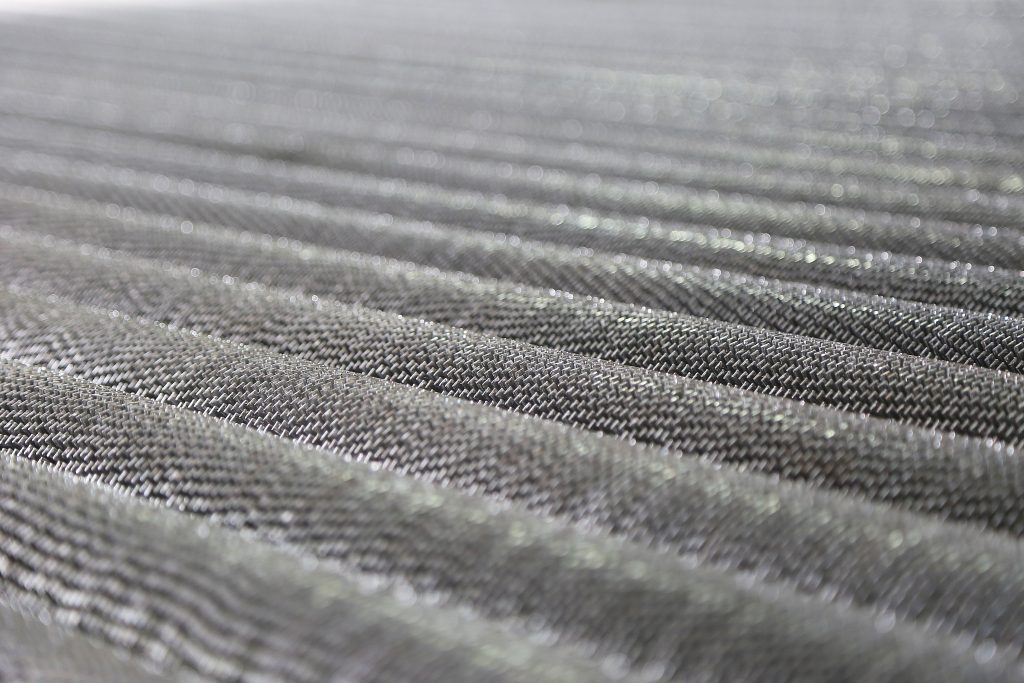
Browse Our FAQs
Yes. Our customers often choose to supply their own pipes or tubes, but if our customers want us to supply those materials, TFT is happy to accommodate that request. We have various sizes in stock, and if we do not have what you need in our vast inventory, we can bring it in from one of our suppliers. If you would like for us to include the pipe or tube material in your order, please indicate that when you REQUEST A QUOTE.
For the information we require when requesting a quote or to request a quote, please CLICK HERE. This will help us to find the relevant details on your project so we can ensure you receive the most accurate and comprehensive proposal.
We do not. Our market lends itself to customer designed products, each special in itself. The number of combinations of diameter, overall length, materials and fin specs are too vast. Tulsa Fin Tube builds each finned product to each customer’s needs.
Yes we do. Please contact us about your rush order. We understand the urgency a project can take on, and we are equipped to handle requests swiftly and efficiently.
